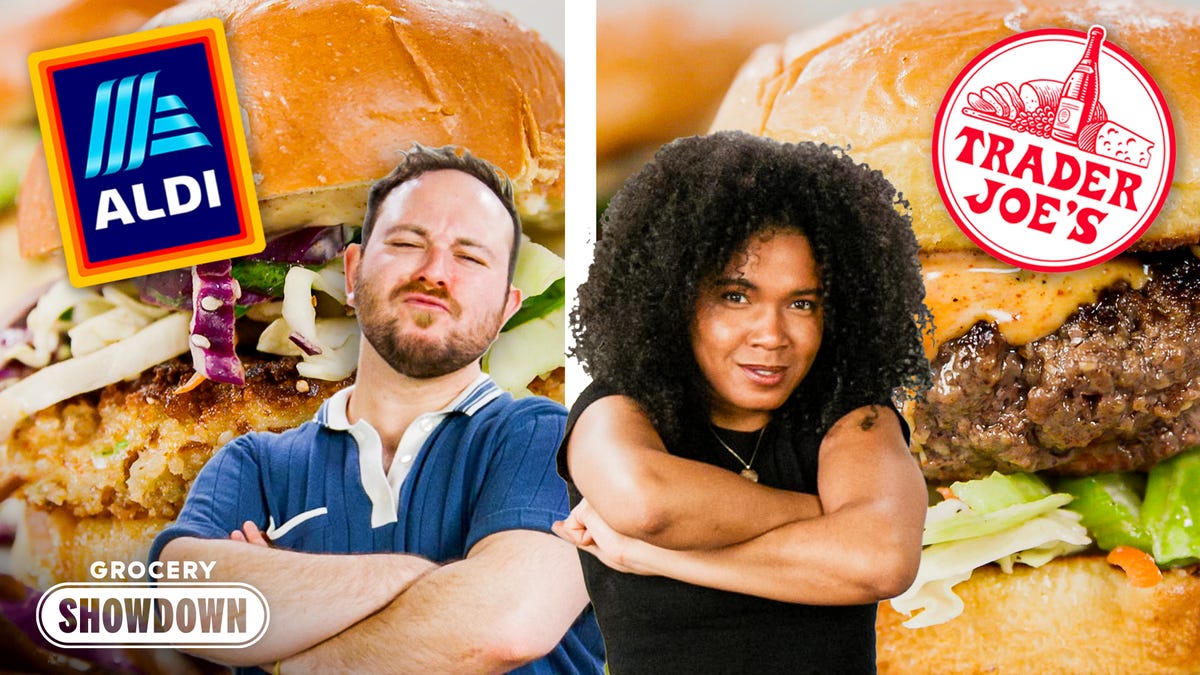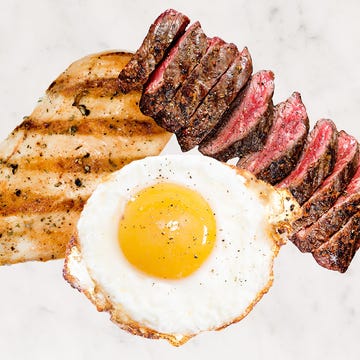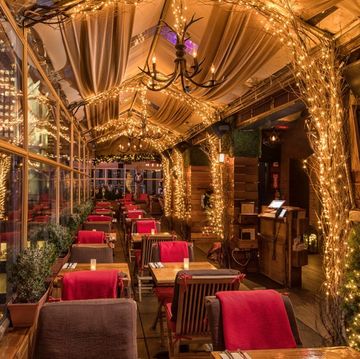1Having a phone at the table was a huge deal.
 John Pratt//Getty Images
John Pratt//Getty ImagesThese days, certain restaurants are getting attention by banning the use of cell phones in restaurants, but 50 years ago, it was a big deal to be able to have access to a telephone table-side. Back in the day, your waiter might bring a clunky phone over and plug it into a jack nearby if you had a pressing call to make — but such service was mostly reserved for pricey establishments and VIP diners.
2Customers always carried cash.
 Getty Images
Getty ImagesThe convenience of paying your bill with a credit card didn't become a viable option until the system was computerized in 1973, so diners always kept cash on hand. Luckily, settling the check was often as easy as throwing some change on the counter and walking out.
Advertisement - Continue Reading Below
3Checks were written by hand.
 Getty Images
Getty ImagesOld-school diners still keep things simple by scribbling your order onto a pad of paper, but before digital registers became a mainstay, that's how your bill arrived at every restaurant.
4Soda shops were on their way out.
 Getty Images
Getty ImagesIn '40s and '50s, drugstore soda fountains were the place to be to socialize with friends over ice cream sodas and egg creams, but chains like Walgreens and Dairy Queen popped up and put them out of business.
Advertisement - Continue Reading Below
5But milkshakes were still loved by all.
 ClassicStock//Getty Images
ClassicStock//Getty ImagesOne thing that did carry over from the soda shop trend? Milkshakes. The blended ice cream drink became a staple order for drive-ins, and still is today.
6Fountain Coke was all the rage.
 Getty Images
Getty ImagesThe popularity of Coca-Cola ensured that restaurants everywhere stocked the syrup and had it on tap in the '50s and '60s. The iconic aluminum cans were introduced in 1967.
Advertisement - Continue Reading Below
7Then drive-ins took over.
 Getty Images
Getty ImagesCustomers embraced the drive-in trend, which introduced car-side service by "carhop" waiters and waitresses at restaurants like A&W.
8McDonald's was having a moment.
 Getty Images
Getty ImagesMcDonald's has been in operation since the '40s, but in the mid-'50s Ray Kroc turned it into the iconic fast-food restaurant it is today by adding drive-in service and introducing beloved menu items, like the Big Mac (which debuted in 1967).
Advertisement - Continue Reading Below
9Take-out was a new concept.
 Getty Images
Getty ImagesWith over 1,000 locations throughout the U.S. in 1966, Kentucky Fried Chicken popularized the idea of a "take away" fast food meal, with advertisements proclaiming: "We fix Sunday dinner seven days a week."
10Menus were much shorter.
 Getty Images
Getty ImagesMulti-page restaurant menus that you can browse like a book were unheard of back in the day. Eateries offered a concise list of straightforward mains, sides, and desserts with limited beverage options, and asking for substitutions would definitely get you a dirty look.
Advertisement - Continue Reading Below
11But had very elaborate covers.
 Jim Heimann Collection//Getty Images
Jim Heimann Collection//Getty ImagesThe contents may have been simpler inside, but it was unheard of to not have artwork or photos with your restaurant on the cover in the '60s.
12And the food was way cheaper.
 Getty Images
Getty ImagesRestaurant prices from the '60s and '70s make today's offerings seem outrageous. A roast turkey dinner, complete with sides, only cost diners 70 cents back in 1963.
Advertisement - Continue Reading Below
13Sparkling water wasn't an option.
 Getty Images
Getty ImagesServers definitely weren't asking customers whether they prefer still or sparkling water. Other than water, Americans drank mostly soda and beer in restaurants until Perrier exploded the sparkling water industry in the states in 1977.
14And the tap water probably didn't taste great.
 Debrocke/ClassicStock//Getty Images
Debrocke/ClassicStock//Getty ImagesIt wasn't until 1972 that the Clean Water Act passed and it was another two years until the Safe Drinking Water Act was put into effect—both regulate the amount of pollutants in public water systems.
Advertisement - Continue Reading Below
15Cocktails were king.
 H. Armstrong Roberts/ClassicStock//Getty Images
H. Armstrong Roberts/ClassicStock//Getty ImagesBack in the '60s, most patrons enjoyed cocktails with dinner or the occasional glass of champagne. No wonder drinks like old-fashions and whiskey sours are so heavily associated with the decade.
16Teenagers could order booze.
The drinking age was all over the place between 1969 and 1976. Since many states lowered the drinking age from 21 to 18 to match the change in voting age, teens were able to drink beer with their dinner in some parts of the country.
Advertisement - Continue Reading Below
17And smoking was allowed.
 Getty Images
Getty ImagesThough most restaurants had non-smoking sections, it was common for bars and eateries to be shrouded in a veil of cigarette smoke with diners puffing away throughout their meal.
18Segregation was a still major problem.
 Getty Images
Getty ImagesA series of sit-ins were held throughout the '50s and '60s to protest segregation in restaurants and other public places. Though President Lyndon B. Johnson forbid the practice by signing the Civil Rights Act of 1964, black customers often still suffered unfair prices, poor service, and more.
Advertisement - Continue Reading Below
19Department stores had dining rooms.
 Getty Images
Getty ImagesBefore the smell of food-court Chinese food permeated shopping centers, sitting down for lunch at a department store restaurant was a common occurrence. Bloomingdale's, Marshall Field's, Macy's, and other stores served simple sandwiches, salads, and desserts onsite, so shoppers could have a leisurely meal while running their errands.
20And so did airplanes.
 Mirrorpix//Getty Images
Mirrorpix//Getty ImagesBack in the '60s you could enjoy a white glove service meal IN THE AIR. That bar situation puts our present day food and beverage cart to shame.
Advertisement - Continue Reading Below
Advertisement - Continue Reading Below
Advertisement - Continue Reading Below

































